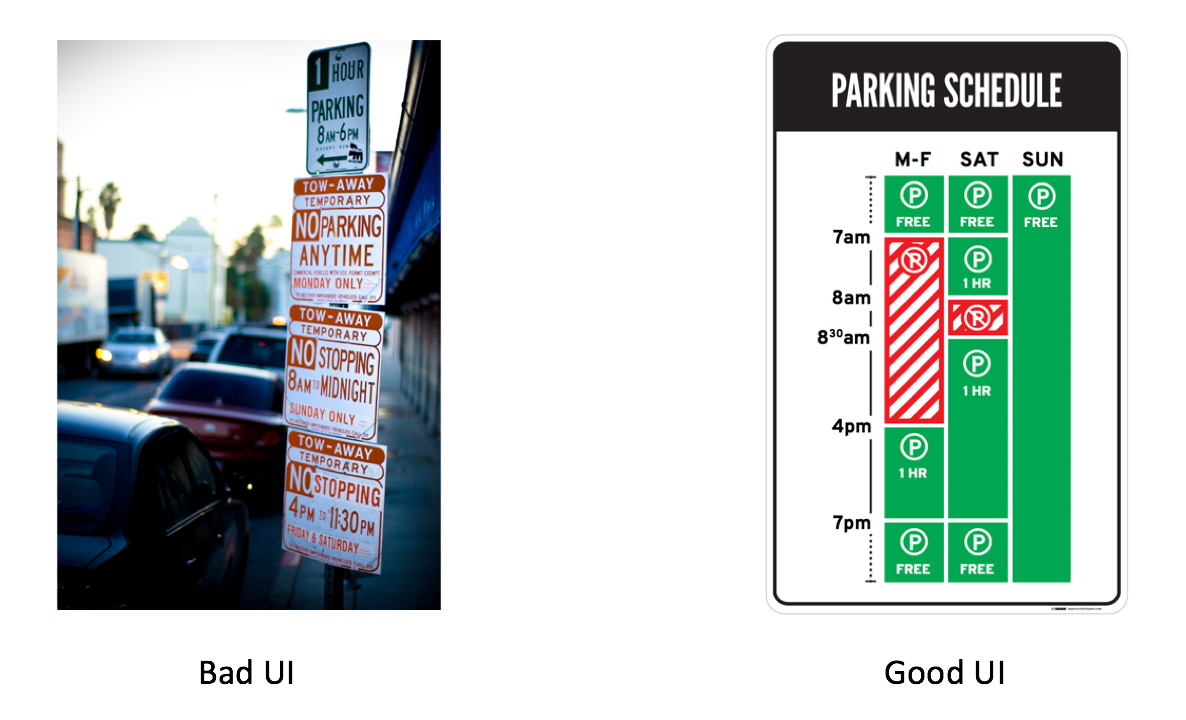The Importance of UI & UX in Crypto
The Importance of UI & UX in Crypto


User experience plays a big role in determining how people use and perceive your product. You can have the best idea and technology in the world, but if it’s not easy on people’s eyes or on their brains, then you’re going to run into trouble. Especially when you have competition. If you’re looking to invest in a crypto asset, test out the product as a user, if possible. Then test out competing products, both crypto and non-crypto ones. This gives you one (often overlooked but crucial) evaluation metric when examining a crypto asset’s investment potential. At the end of the day, the value of the coin will only go up if a lot of users adopt it. And people are more likely to adopt things that are visually appealing and easy to use.
Easy, easy on the eyes
This seems like a no-brainer but you’d be surprised at the number of crypto websites out there that don’t have a visually appealing website or interface. The interface sets the tone for how people think about your site as well as — more importantly — how they feel when they’re on it. These feelings create an association that sticks. If the feeling is good, you’ll find the user coming back constantly and telling other people. The degree of the virality depends on the appearance. A visually appealing interface that’s easy to mentally process will keep users on your platform. If it’s not easy, they’ll switch in a heartbeat to a competitor’s. We show the following as an example in real life of two different sets of parking indicators. One is clearly easier to understand at first glance than the other and requires less immediate mental power.


This applies to crypto as well. Take a look at the following exchanges — which one immediately seems more intuitive to grasp and appealing from an aesthetic perspective, Coinbase or Binance?


Purely from an aesthetic standpoint, we would argue Coinbase wins. It uses a minimalist approach, with a few descriptor lines to explain the core mission, and a navigation bar. In aggregate, this makes it easier for a new user to figure out what the website is for and how to navigate around it. In contrast, Binance bombards the user with different things that may be of interest (in this case, events and tangential products Binance is involved in). However, one should note an important point — aesthetic preferences differ with different groups of people. In terms of age, gender, race, nationality, individuals have different UI/UX preferences. For example, it is common to see China-based websites with multiple clickbaits on the homepage. Unless you’re a Chinese individual, it’s impossible for someone else to comment on what makes a “good UI/UX” — it’s largely about making it the “right UI/UX” for the demographic being targeted. Hence, it could very well be that American users consider Coinbase to have a “better UI/UX”, but Chinese users consider Binance to have a better one.
For the record, this is not a comparison of functionality. Both websites are crypto exchanges, but serve different purposes. Coinbase enables individuals to exchange fiat currency for a few select crypto assets, whereas Binance enables individuals to exchange numerous Altcoins. We use this example merely to point out different preferences in UI/UX for different demographics.
Intuitive websites prevail
Once you get past the design of the website and how it looks, you’ll want to also see how easy and fluid the protocol (or app) is to navigate. This falls under user experience (UX). Good UX makes users sticky and improves retention figures, while bad UX does the opposite.
The Nielsen Norman Group (a research firm that specializes in user experience) defines usability in 5 components:
- Learnability: How easy is it for users to accomplish basic tasks the first time they encounter the design?
- Efficiency: Once users have learned the design, how quickly can they perform tasks?
- Memorability: When users return to the design after a period of not using it, how easily can they re-establish proficiency?
- Errors: How many errors do users make, how severe are these errors, and how easily can they recover from the errors?
- Satisfaction: How pleasant is it to use the design?
Take a look at some examples of what Eslam Tawakol (UX Designer) considers good and bad designs from a UX perspective.
Dan Larimer took a page out of this book, too. The rationale behind Eos’s human-readable names — a big differentiator from other coins — was primarily on the basis of enhancing users’ experience. You tell us — is it easier to remember johndoe or j6s3fg8p8ds98fs8f7d?
Take a look at the image below (courtesy of Steem), which outlines some of the differences between Ethereum and Eos:


We All Want Instant Gratification
Performance metrics like confirmation time and throughput are important when thinking about user experience. Start with the assumption that users are fickle. Especially today, more than ever, if the tool we’re using doesn’t meet or beat our expectations while being near-instant, that user will never use the product again. This is especially true if the use-case is one that demands instant gratification, like a betting dApp or social media network. However, if the use-case is more nuanced and complex than gambling or mass messaging, it’s likely that users will be more patient.
For example, Ethereum is useful as a general purpose platform for dApps that require more decentralization and security, without optimizing performance. A good example is Augur, the prediction market where users can create a “market” for any type of probabilistic scenario, and then stake tokens on the outcomes. Cryptokitties, struggled in December 2017 due to its popularity, a level at which the Ethereum platform couldn’t handle. This translated into a poor user experience for Cryptokitties fans. On the other hand, Eos optimizes for speed while perhaps compromising security and decentralization — 21 block producers clearly introduce an element of human error and centralization — but is still useful for certain dApps. Steem — a social media application, essentially a blockchain-based Reddit — is built on a similar protocol to Eos. It handles many transactions per day, and users demand that their activities, such as posting, upvoting, commenting, take place instantly. This is especially so when centralized social media giants, like Facebook, Twitter and Reddit, fulfill these requirements with ease.
There is certainly more depth to this topic, but the primary outcome we wanted to focus on, is that user experience should not be overlooked. Particularly when an asset’s value is largely determined by its ability to acquire users and scale the network exponentially, user experience is a critical component to be focused on by teams. Obviously, this applies to most B2C assets, not just crypto. But if you really want to do your homework, we highly recommend playing around with the product itself. Who knows, you may even add to their user base.
